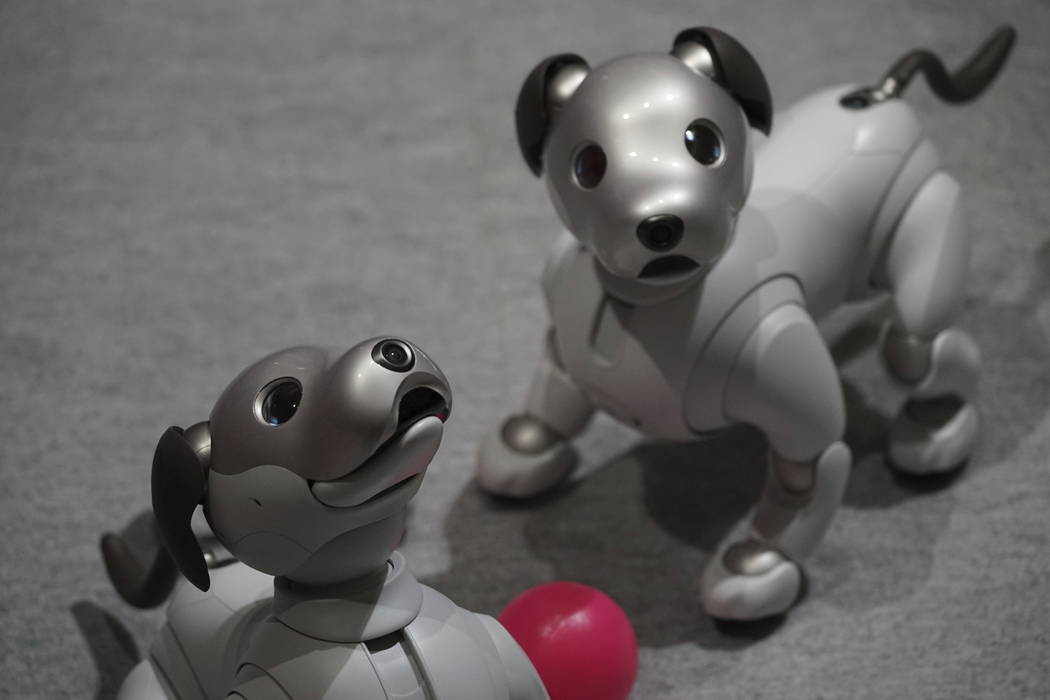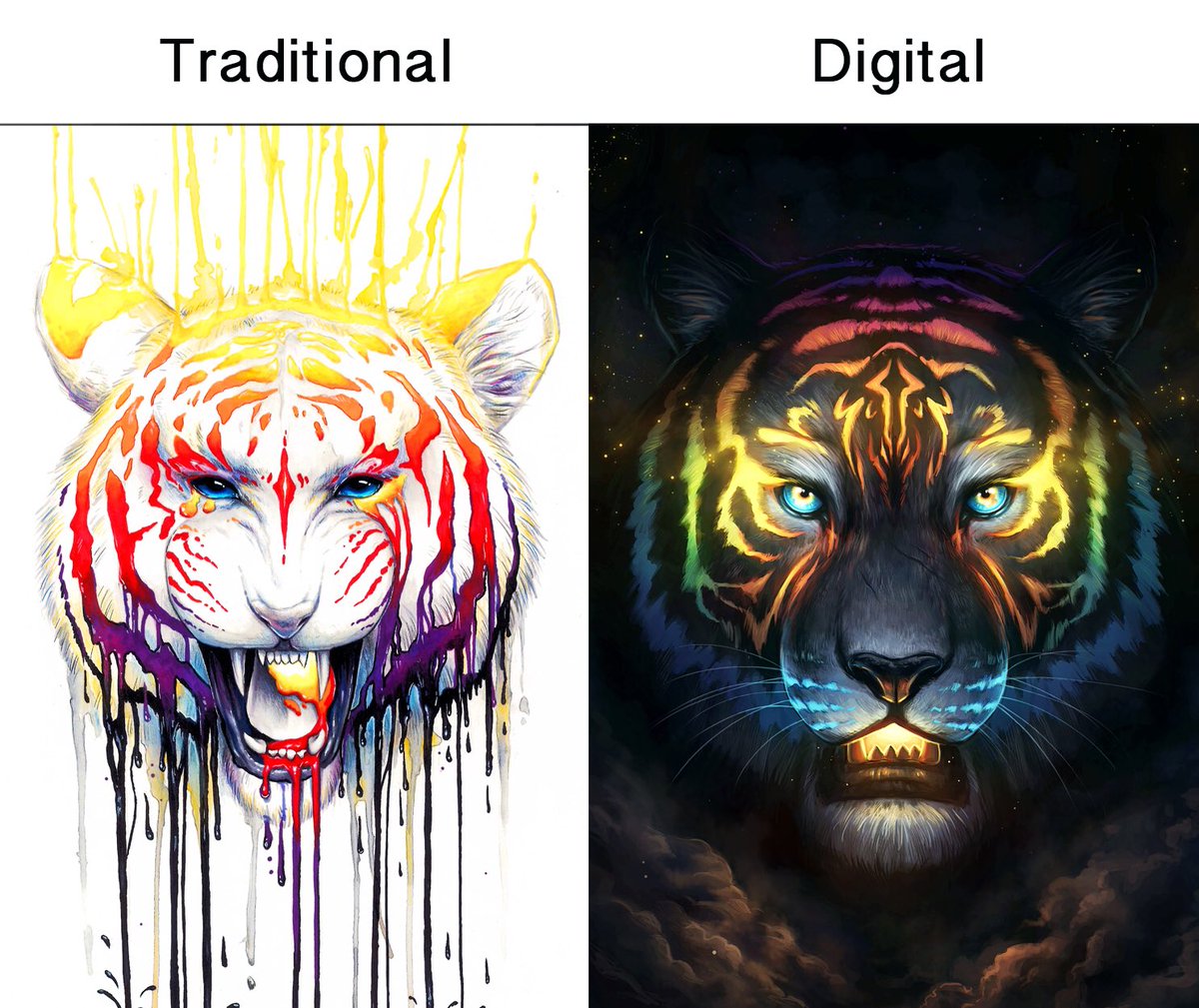Week 3 | Robotics + Art
One of the robotic industrialization
worth noting would be the one mentioned by Dr.Kusahara on Japanese
robotics. Dr.Kusahara emphasizes how robots in Japan are foundational in
many aspects including production (e.g. Toshiba), healthcare, and
entertainment (Vesna). In one part of the lecture, Dr.Kusahara mentions
that the robot's appearances are just as influential as its doings,
hencing bringing forth the artistic aspect of robotics. This can be seen
from recent Japanese robots as they have gone as creative as having
"robot pets" for consumers, as seen in the image below (Furutani).
 |
Japan's Digital Life, Home Robots.Jpg. https://www.reviewjournal.com/wp-content/uploads/2018/01/10036734_web1_japan-digital-life-home-robots_3427895.jpg. Accessed 15 Apr. 2022.
|
It's essential to understand that robotic mechanisms, computational mechanisms, and art are dependent within one another. In Walter's reading, an essential element into art production is ensuring that the presence in time and space are present (Vesna, Walter). With modern day art being through the form of film and digital bits, various techniques require science and robotics to achieve the aesthetic for set environment. Walter's perspective within this shows that traditional art was distant and observatory whereas modern art such as film production's direct and infinite. Such stance was also supported by our second reading by Douglas, who stated that digital art has opened a complete new view on art. Modern art is where artist and viewers work together, and that many sources come together to provide one commonality of the time (Vesna, Douglas).
 |
| Comparison of Traditional Art (scanned, left), to Digital Art (right) of a Tiger. https://pbs.twimg.com/media/DcdIij9WkAEftsG.jpg. Accessed 15 Apr. 2022. |
Surprisingly, society now appreciates the new robotic art, as newer bots have been designed for aesthetic purposes rather than practical (Davids). It raises the growing question: What will the future of robotics and art be?
Word Count: 329
Sources:
[1] Comparison of Traditional Art to Digital Art of a Tiger. https://pbs.twimg.com/media/DcdIij9WkAEftsG.jpg. Accessed 15 Apr. 2022.
[2] Davids, Mariane. Robotics and Art: A Less Practical More Aesthetic Use for Robots. https://blog.robotiq.com/robotics-and-art-a-less-practical-more-aesthetic-use-for-robots. Accessed 13 Apr. 2022
[3] Furutani, Kasey. “Meet Japan’s Robot Pets and Companions.” Time Out Tokyo, 8 June 2022,https://www.timeout.com/tokyo/shopping/meet-japans-robot-pets-and-companions.
[4] Japan's Digital Life, Home Robots.Jpg. https://www.reviewjournal.com/wp-content/uploads/2018/01/10036734_web1_japan-digital-life-home-robots_3427895.jpg. Accessed 13 Apr. 2022.
[5] TM Robotics. IPF 2017 Industrial Robot Demo by TOSHIBA MACHINE. 2017. YouTube, https://www.youtube.com/watch?v=G9Ug1sPGO6A
[6] Vesna, Victoria. "Benjamin Walter. 'The Work of Art in the Age of Mechanical Reproduction.'" DESMA 9. 11 April 2022, University of California Los Angeles. Class handout.
[7] Vesna, Victoria. "Douglas, Davis, The Work of Art in the age of Digital Reproduction.'" DESMA 9. 11 April 2022, University of California Los Angeles. Class handout.
[8] Vesna, Victoria. "Professor Machiko Kusahara on Japanese Robotics." DESMA 9. 11 April 2022, University of California Los Angeles. Lecture.

I think your analysis is very interesting. The correlation between robotics and art is something that goes hand in hand. Their design is just as important as its function in some cases.
ReplyDeleteHi Michelle! I enjoyed reading your blog and getting to know your interpretation of this week's topic of arts + robotics. I liked how you focused a majority of this blog towards aesthetics and visual aspects of robotics. By doing so, you made me realize how much work and effort go into the visual aspects of robots. You discussed robots in Japan as it was talked about in the materials for this week. I was also interested in how in Japan, the visual aspects of these robotics are almost as important as their purposes. This cross between mechanics and appearance captures the essence of robotics perfectly and I think you touched upon that in your blog very well.
ReplyDelete